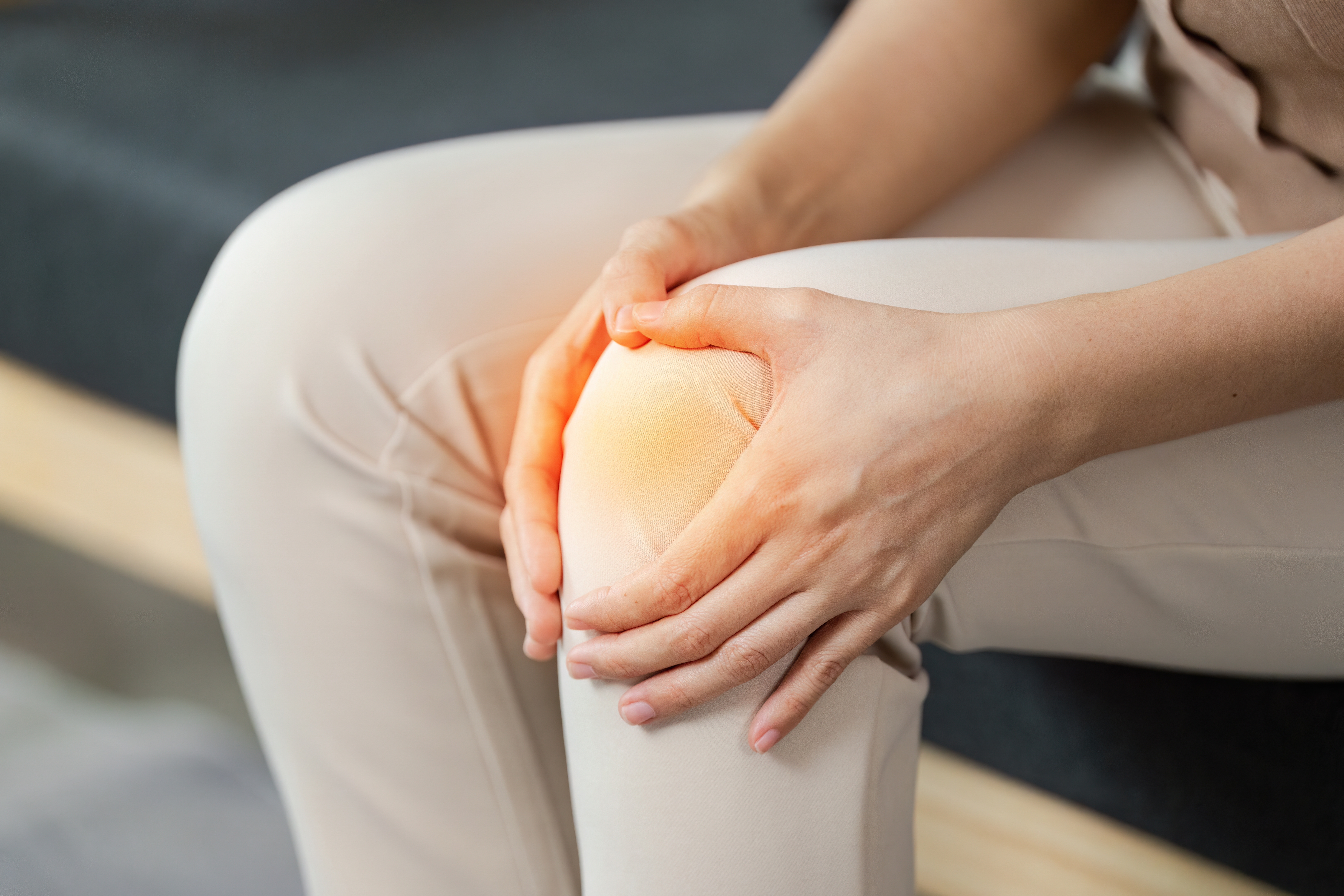
(Vienna, 17 October 2025) Osteoarthritis is one of the most common joint diseases and represents a growing health problem. Around 1.4 million people in Austria suffer from this chronic joint wear and tear – and the trend is rising. Doctors expect the number of osteoarthritis cases to increase by around 30 per cent by 2030. For many sufferers, the pain has a massive impact on their everyday lives. Innovative therapies that go beyond traditional surgical joint replacement are becoming increasingly important in providing relief to sufferers at an earlier stage.
Precise pain therapy without surgery
When conservative therapies for chronic joint pain no longer work and surgery is not (yet) an option, modern medicine offers an innovative, minimally invasive solution in the form of transarterial periarticular embolisation (TAPE). Persistent joint pain – for example, as a result of osteoarthritis or tendonitis – often leads to the formation of tiny, abnormal blood vessels (neovascularisation), which play a central role in inflammation and pain. This is where TAPE comes in: using a fine catheter, usually inserted through the femoral artery, these pain-causing vessels in the joint are selectively closed off while maintaining healthy blood supply. The result: inflammation subsides and pain is relieved. For patients, this means a gentle procedure under local anaesthesia that usually takes only about an hour. They can usually go home the next day.
Leading in application and research throughout Austria
The University Hospital Vienna and the Medical University of Vienna, with their Clinical Division of Cardiovascular and Interventional Radiology headed by Christian Loewe, are Austria's leading centre for TAPE treatment. The method is already in routine use in Vienna under the direction of Florian Wolf. "We are very proud that we have already been able to successfully help patients aged between 40 and 89. This success is also the result of our close collaboration with colleagues in physical medicine and orthopaedics. This interdisciplinary partnership not only ensures outstanding treatment, but is also the indispensable basis for further scientific research into this promising method," emphasises Raoul Varga, Programme Director for TAPE at University Hospital Vienna/MedUni Vienna. As a university centre, University Hospital Vienna and MedUni Vienna play a leading role in further scientific research into the TAPE method and in continuously optimising its application.
Fast help without major surgery
Due to demographic change and the increasing number of osteoarthritis patients, surgery appointments for joint replacement are in high demand. At University Hospital Vienna/MedUni Vienna, TAPE is therefore also used specifically for patients who do not require acute joint surgery. "For these patients, TAPE is a valuable stopgap measure, because the minimally invasive procedure allows us to quickly relieve their pain and significantly improve their quality of life until the definitive surgery is performed," explains Florian Wolf. Embolisation of the painful vessels gives patients valuable time without agonising joint pain – and without having to put their bodies through major surgery.